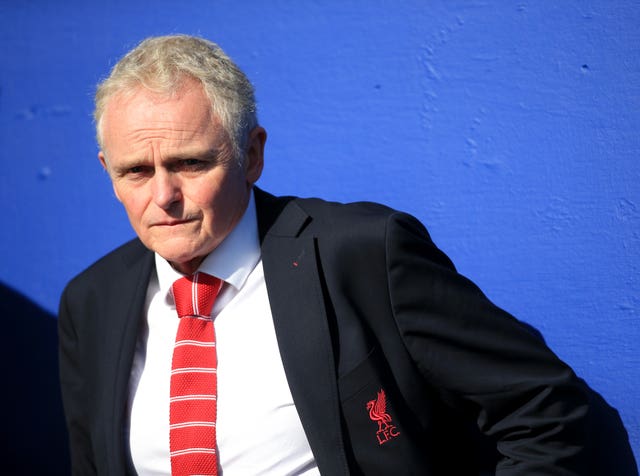
Ronnie O’Sullivan has become the first player to make 1,000 century breaks in snooker history.
The Rocket wowed the crowd at Preston’s Guild Hall as he made 134 in the final frame of his Players Championship final win over Neil Robertson.
Here, Press Association Sport looks at how O’Sullivan reached the landmark.
The current season
Tournaments entered: Nine
Tournaments won: Four
He’s done it… 🙌
An historic 1,000 centuries!
Congratulations @ronnieo147 on an incredible achievement! pic.twitter.com/n1oMhncHQ2
— World Snooker (@WorldSnooker) March 10, 2019
O’Sullivan kicked off his season with a win in Shanghai, beating the likes of Robertson, Stuart Bingham and Kyren Wilson, before toppling Barry Hawkins 11-9 in the final. He then rolled over to the English Open, making a 15th career maximum against Allan Taylor but losing 6-1 to Mark Davis in the semis.
November saw O’Sullivan destroy the field at the Champion of Champions in Coventry, making 11 centuries in the week including four in the quarters against John Higgins. He nearly repeated the heroics at the Northern Ireland Open, losing to Judd Trump in the final after 10 tons in the week.
Eight centuries followed as he cantered to the UK Championship in York, a 19th triple crown, and he would have won the Masters too were it not for an inspired Trump in the final.

Perhaps fatigued, his showings at the World Grand Prix and Welsh Open were underwhelming, but his performance at Preston, making the 1,000th hundred was fantastic, and those there for his final frame will remember it forever.
There is still the small matter of the World Championship in Sheffield to come.
O’Sullivan’s career

This season is the sixth in which O’Sullivan has recorded at least 50 centuries, with last term’s 74 his career high.
His first 50-plus season came in 2007/08 during which he won his third world title and posted three maximums.
For such a talented player, it took O’Sullivan until he started working with Dr Steve Peters in 2011 to really find consistency, and a second 50-plus season came in 2011/12, when he made 53, with a new world record 11th maximum going alongside a fourth world crown.
Fifty-three were made in 2013/14 too, winning his fifth Masters but losing in the final at the Crucible. He capped his Welsh Open win with a 147 in the final frame while his Masters whitewash of Ricky Walden, though it featured only one ton, brought a record run of 556 points without reply.

The 2016/17 campaign brought another 50, and a record seventh Masters title, while his consistency soared in the next season, rattling in 74 hundreds, including his 14th 147, and five ranking titles.
He has 52 so far in the 2018/19 season, having gone alone at the top of the triple crown trophy table with 19, winning at York in December.
O’Sullivan’s 147s
O’Sullivan’s 15 maximum breaks include six made in the final frame of a match, none more special than that tournament-clinching effort against Ding in Newport, and three of the 10 in Crucible history.
However, it is the first of his career which lives longest in the memory as the fastest of all time.
Playing against Mick Price at the 1997 World Championship, the Rocket flew round the table to clear the 15 reds, 15 blacks and the colours in a time long recognised as five minutes and 20 seconds but now officially recorded as 5:08.

Enjoy the convenience of having The Sunday Post delivered as a digital ePaper straight to your smartphone, tablet or computer.
Subscribe for only £5.49 a month and enjoy all the benefits of the printed paper as a digital replica.
Subscribe